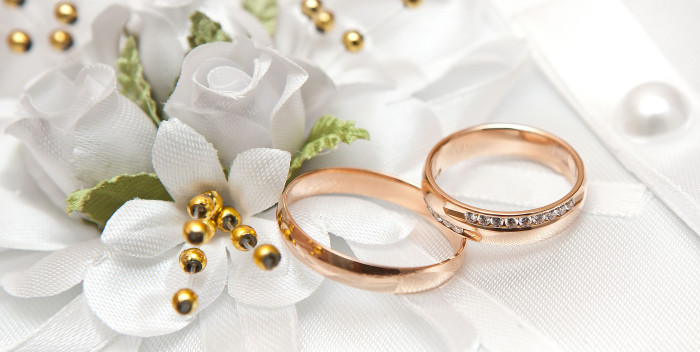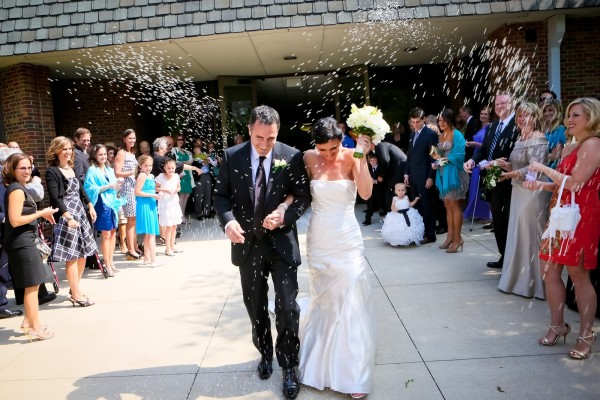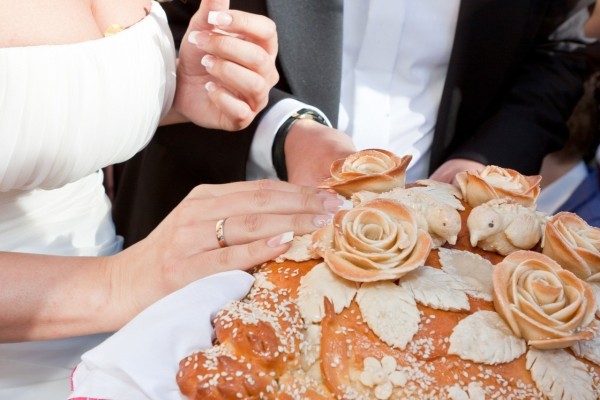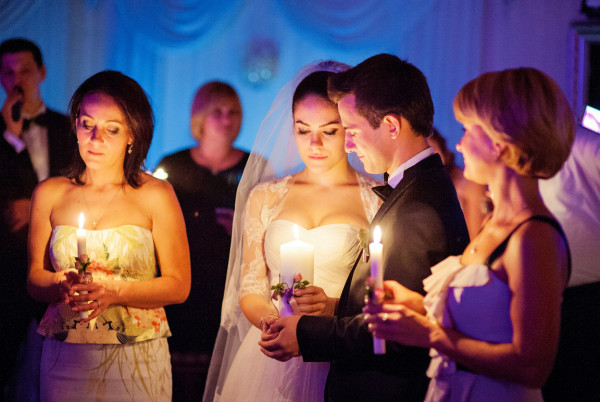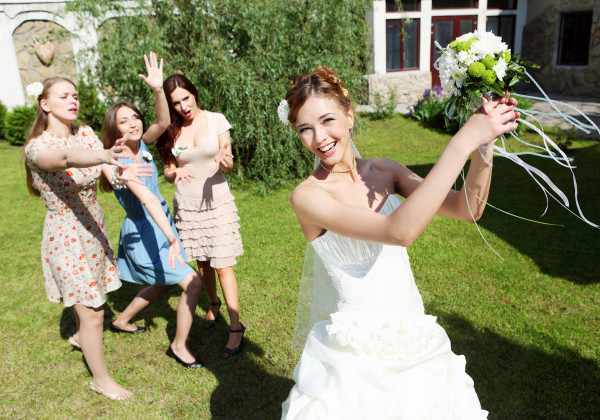Tribute to Tradition: Wedding Customs
In our century, many ancient traditions of wedding ceremonies have turned out to be irretrievably lost, and those that still remain are observed conditionally and in modified versions. Fortunately, young people are now showing more interest in their own roots, and more and more couples want to organize wedding in the spirit of old Russian traditions.
Content
Why observe traditions
Most modern weddings are played in the same typical scenario. Newlyweds try to adhere to basic traditions, often not understanding their meaning. The unwritten rules of weddings are followed out of habit to keep up with others.
Meanwhile, wedding ceremonies in the Russian people took shape many centuries ago. Every action at the wedding had a specific meaning. Therefore, if possible, it is necessary to follow all the traditions of the Russian wedding. Such a wedding in the old spirit will surely turn out to be fun, well-organized and eventful. Moreover, by arranging wedding in the spirit of ancient customs, you will show respect to your ancestors, perform a small civil feat and be able to feel a connection with your roots.
Russian wedding customs
A whole complex of obligatory rituals and ceremonies was used during the Russian wedding. All of them were carried out in a certain sequence and according to the prevailing scenario. Each such action carried a certain load. For example, a wedding was a religious fulfillment of a marriage, and the first night of the newlyweds became its physical conclusion.
What rituals were included in the traditional wedding celebration in Russia:
- Matchmaking was essentially a negotiation between the families of the future bride and groom. This item was required. Previously, they entered into marriage at a very young age, so the parents of the newlyweds were involved in all organizational issues. Matchmakers were chosen from among close relatives or respected people, who were supposed to conduct a conversation and negotiate with the bride's parents, establishing contact between families.
- Sprinkling grain on the young, or the so-called "rain of abundance" symbolized prosperity in the future family life. Previously, the bride and groom were showered with rye or oats. Now rice is used for this purpose. Sometimes young people are thrown at their feet pink petals so that their life is full of love and beauty.
- The meeting of young people with a loaf was designed to give young people family happiness. The loaf was specially baked for a wedding celebration, decorated with different patterns. Traditionally, the loaf was decorated with a viburnum twig, which was a symbol of love. The loaf itself was baked according to a special recipe in compliance with many rituals.
- The ransom and bride kidnapping symbolized the confrontation with the forces of evil trying to darken the happiness of the future family. During the ransom, the groom had to complete many tasks and go through various tests that were invented by the bridesmaids. So he showed his strength and dexterity, the desire to resist evil forces. At the end, the groom could put a ring on his bride's finger and give her a kiss.
- The transfer of the hearth is perhaps the most touching ceremony. Now it is being held at the end of the wedding celebration. Mothers of newlyweds with candles come up to the young and they light from their candles a common large candle, which symbolizes the family hearth. Then they dance the last dance, saying goodbye to the guests. This ceremony looks very nice in the twilight.
Wedding traditions of the bride
A few days before the date of the wedding, the bride held a bachelorette party. It was a kind of ceremony of parting with girlhood and entering into a new family life. During this event, the girls gave each other symbolic gifts, had fun and had fun.
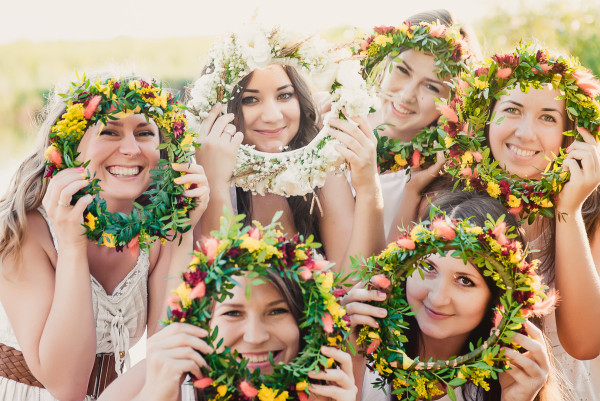 Removing the veil was considered an important ceremony, which is still observed today. In ancient times, the bride would unbraid a braid and plait two braids from her hair, which were then laid around her head and tied with a scarf. This meant that the girl was now married.
Removing the veil was considered an important ceremony, which is still observed today. In ancient times, the bride would unbraid a braid and plait two braids from her hair, which were then laid around her head and tied with a scarf. This meant that the girl was now married.
Now this ceremony is carried out in a different way. A chair is placed in the center of the room and a pillow is placed on it. The bride must sit in this chair. This means that now the young wife has her own cozy place in the groom's home. The mother-in-law takes off the veil from the bride. Then she ties the bride with a scarf or an elegant shawl and says good wishes. Finally, the bride must dance with the unmarried bridesmaids carrying a veil over their heads. You can't try on a veil that has been taken off - you will remain in girls.
Another ceremony for the bride is associated with her bouquet. Now the bride, by tradition, throws her bouquet to unmarried girlfriends, turning her back to them. At a traditional Russian wedding, this ceremony was carried out differently. The blindfolded bride chose the future owner of the bouquet from among the unmarried girlfriends, while the girls danced around her.
Wedding traditions of the groom
Now, before the wedding, the groom is arranging a fun evening for his friends. This event usually symbolizes goodbye to the bachelor life, is celebrated on a grand scale, fun activities, pranks and jokes are held. Friends congratulate the groom on the upcoming wedding.
This custom, unlike the bachelorette party, appeared not so long ago. Previously, on the eve of the wedding celebration, the groom simply washed in the bath alone.
 Preparing a bouquet for the bride was an essential responsibility of the groom. He had to personally make a bouquet of flowers that would suit his taste and present to the bride along with the wedding ring after the ransom.
Preparing a bouquet for the bride was an essential responsibility of the groom. He had to personally make a bouquet of flowers that would suit his taste and present to the bride along with the wedding ring after the ransom.
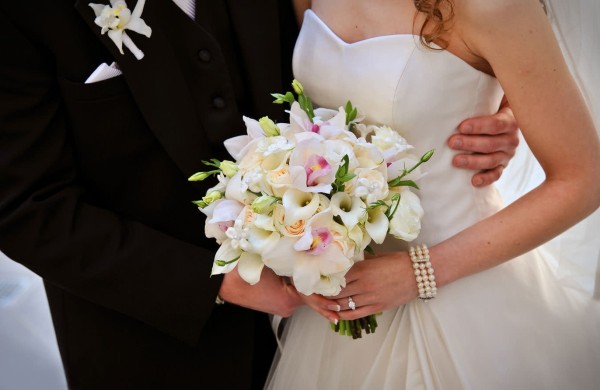 By analogy, with the transfer of the bride's bouquet, not so long ago, the custom appeared to throw a garter taken by the groom from the bride's leg into the crowd of unmarried guests. The caught garter should symbolize a quick and successful marriage.
By analogy, with the transfer of the bride's bouquet, not so long ago, the custom appeared to throw a garter taken by the groom from the bride's leg into the crowd of unmarried guests. The caught garter should symbolize a quick and successful marriage.
